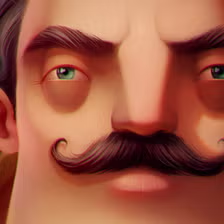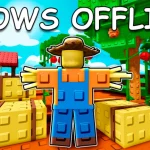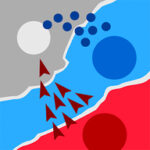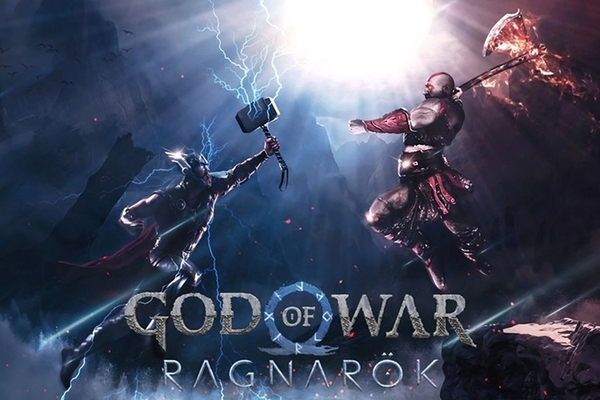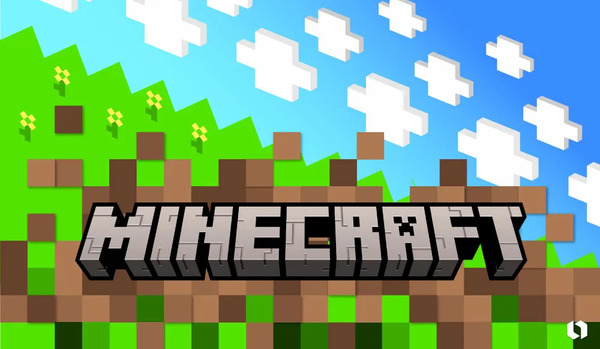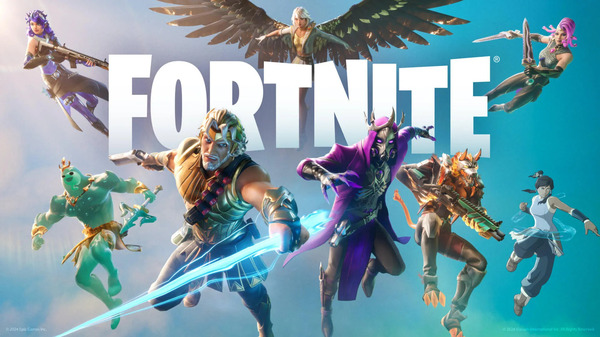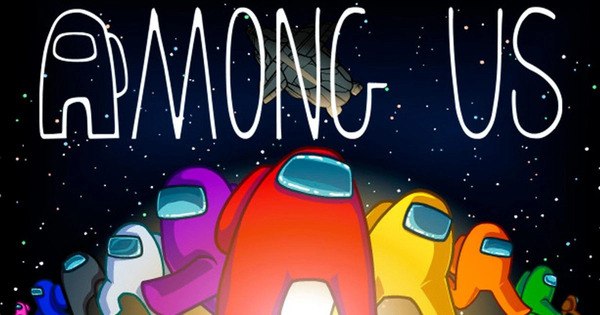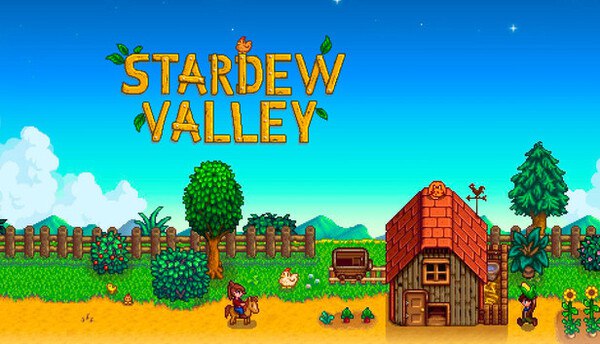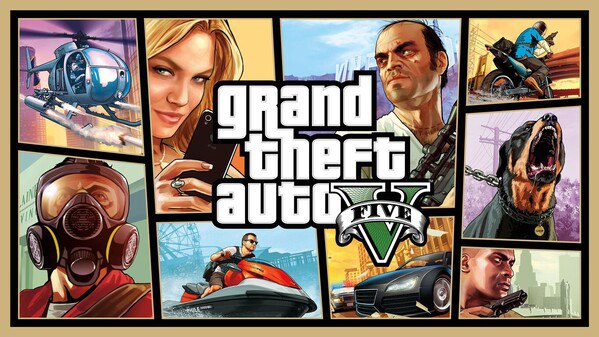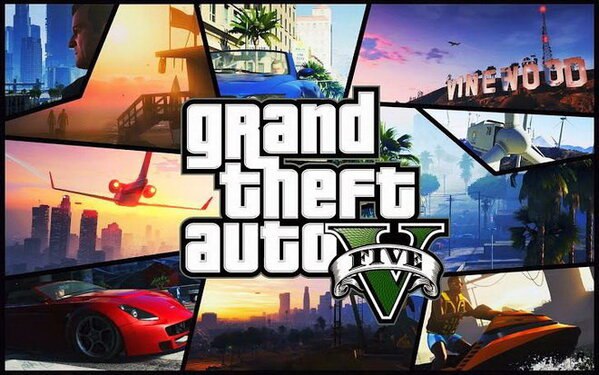1. The Birth of a Giant: League of Legends in 2009
Origins of the Game
League of Legends was inspired by the popular Defense of the Ancients (DotA) mod for Warcraft III. A group of passionate developers, led by Brandon Beck and Marc Merrill, saw the potential for a standalone game that could refine and expand upon the MOBA experience. They founded Riot Games in 2006 and began developing LoL with a core goal: make a competitive, fast-paced, and accessible game for all types of players.
Riot’s Bold Vision
Upon its official release on October 27, 2009, League of Legends entered the gaming world with 40 playable champions and a single map, Summoner’s Rift. Despite its modest start, the game quickly gained popularity due to its free-to-play model, frequent updates, and strong community engagement. Riot Games committed to constant iteration and communication with players, establishing a foundation of trust that would prove critical in its growth.
2. Establishing the Meta: The Early 2010s
The Rise of Competitive Play
By 2011, League of Legends had already begun shaping a structured competitive scene. The launch of ranked matchmaking allowed players to test their skills and climb the ladder. Around this time, the concept of the “meta” (short for metagame) emerged, dictating optimal strategies, team compositions, and role assignments.
Role Definitions and Game Structure
LoL’s 5v5 format led to clearly defined roles: Top, Jungle, Mid, ADC (Attack Damage Carry), and Support. These roles became standard in both casual and competitive play. Riot Games worked actively to maintain balance across champions, ensuring no role was too dominant and that strategy remained key to victory.
3. League Goes Global: Expansion and Recognition
International Growth
As the game’s popularity surged, Riot began expanding its reach worldwide. Regional servers launched in Europe, Asia, and Latin America, and tournaments began popping up across continents. Riot’s global ambition was clear: make LoL a worldwide esports staple.
Birth of International Tournaments
In 2011, the first World Championship was held at DreamHack in Sweden with a modest prize pool of $100,000. The event marked the beginning of an annual tradition that would eventually turn into one of the most-watched esports tournaments globally. Over time, regional leagues like the LCS (North America), LEC (Europe), LCK (Korea), and LPL (China) would emerge as breeding grounds for talent.
4. Esports Domination: The World Championship Era
Defining a Spectator Sport
From 2013 onward, League of Legends solidified its status as a major esport. The 2013 World Championship at Staples Center in Los Angeles drew more than 30 million viewers. This was not just gaming — it was a global sporting event.
Superstars and Superteams
Teams like SK Telecom T1 and players like Faker became household names in the gaming world. The introduction of franchising and stable team infrastructure helped improve player salaries, training facilities, and long-term career paths. Viewership and sponsorship exploded as LoL began to be seen on par with traditional sports.
5. Champion Evolution and Game Updates
Consistent Content and Patches
Riot Games is known for its commitment to frequent updates. The game receives bi-weekly patches that adjust champion balance, item strength, and game mechanics. These updates keep the gameplay fresh and force players to continuously adapt.
Expanding the Champion Roster
From its original 40 champions, the roster has grown to over 160. Each new champion brings unique mechanics, abilities, and lore. This constant evolution ensures that no two seasons of League ever feel the same. Riot also regularly reworks older champions to keep them relevant and engaging.
6. The Lore and Universe of Runeterra
Beyond the Battlefield
What sets League apart is its deep and evolving lore. The game’s world, Runeterra, is divided into regions like Demacia, Noxus, Ionia, and Piltover, each with its own unique characters and political dynamics.
Multimedia Expansion
In addition to in-game storytelling, Riot has released comics, animated shorts, and even a critically acclaimed Netflix series, Arcane. These efforts have helped transform LoL from just a game into a full-blown multimedia franchise, attracting fans who may not even play the game.
7. Community and Content Creation
A Thriving Player Ecosystem
League of Legends boasts one of the largest and most passionate communities in gaming. From casual streamers and YouTubers to professional shoutcasters and analysts, content creation around LoL is thriving.
Fan Contributions and Memes
The community has also produced some of the game’s most iconic memes, artwork, and fan fiction. Riot has embraced this culture by running community contests and frequently featuring fan creations on their platforms.
8. Monetization and the Free-to-Play Model
Cosmetics and Skins
One of Riot’s most successful business strategies has been its monetization through cosmetics. Players can buy skins, chromas, emotes, and other visual upgrades without affecting gameplay balance.
The Ethical Model
League’s free-to-play structure, paired with non-pay-to-win monetization, has been widely praised. Riot ensures that all champions can be unlocked through gameplay, making the game accessible to everyone regardless of spending habits.
9. Challenges and Controversies
Toxicity and Player Behavior
Despite its many successes, League has struggled with toxicity in its player base. Riot has implemented various systems, like Honor rewards and behavior reports, to combat negative conduct.
Balancing and Power Creep
Another frequent criticism is the complexity of champion kits and perceived “power creep” with new releases. Balancing a roster of over 160 champions for both casual and pro play is a massive challenge, and not all changes are universally praised.
10. The Future of League of Legends
Upcoming Innovations
Looking forward, Riot has plans to further expand the League ecosystem with new games set in the Runeterra universe, more Arcane seasons, and enhanced esports integration. Features like AI coaching, replay systems, and mobile compatibility are in the works or already implemented in spinoffs like Wild Rift.
Sustaining a Legacy
With over a decade behind it, League of Legends continues to innovate and grow. Its ability to adapt, listen to the community, and push boundaries makes it likely that LoL will remain a major force in gaming for many years to come.
Conclusion: More Than Just a Game
League of Legends is not just a MOBA. It is a dynamic, evolving platform that combines high-level strategy, storytelling, global competition, and community creativity. Its influence spans beyond the realm of video games, touching music, television, fashion, and even education.
Whether you're grinding ranked solo queue, watching Worlds with friends, or enjoying the rich lore of Runeterra, League offers something unique for every type of gamer. As it continues to evolve, League of Legends shows no signs of slowing down, and its impact on gaming and culture is likely to endure for decades.







